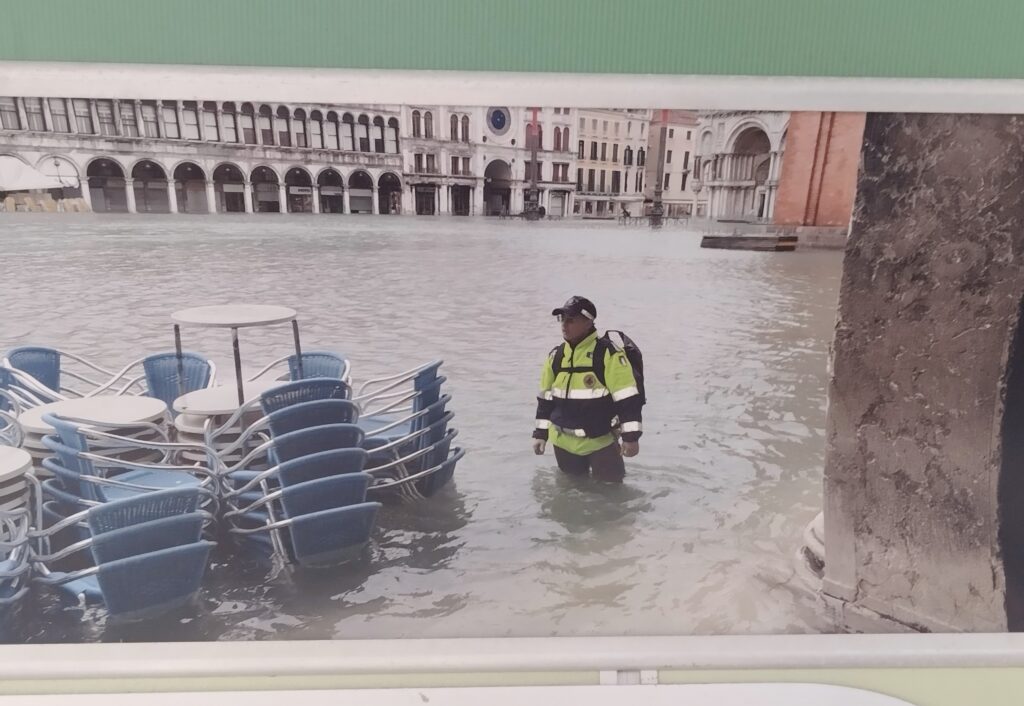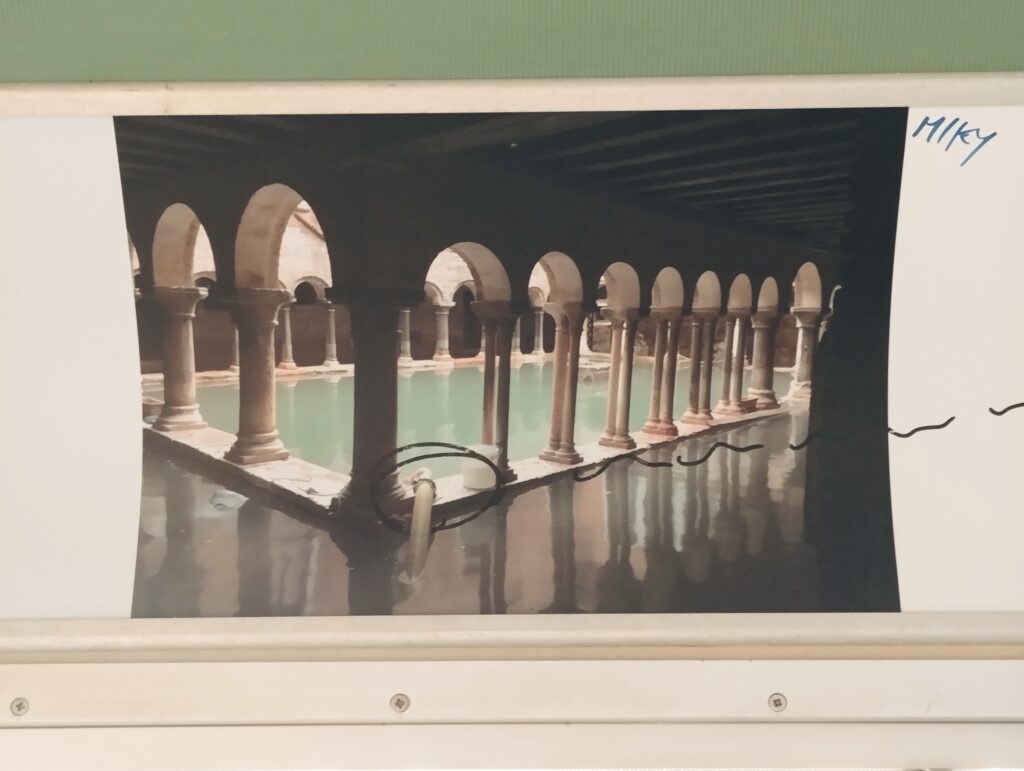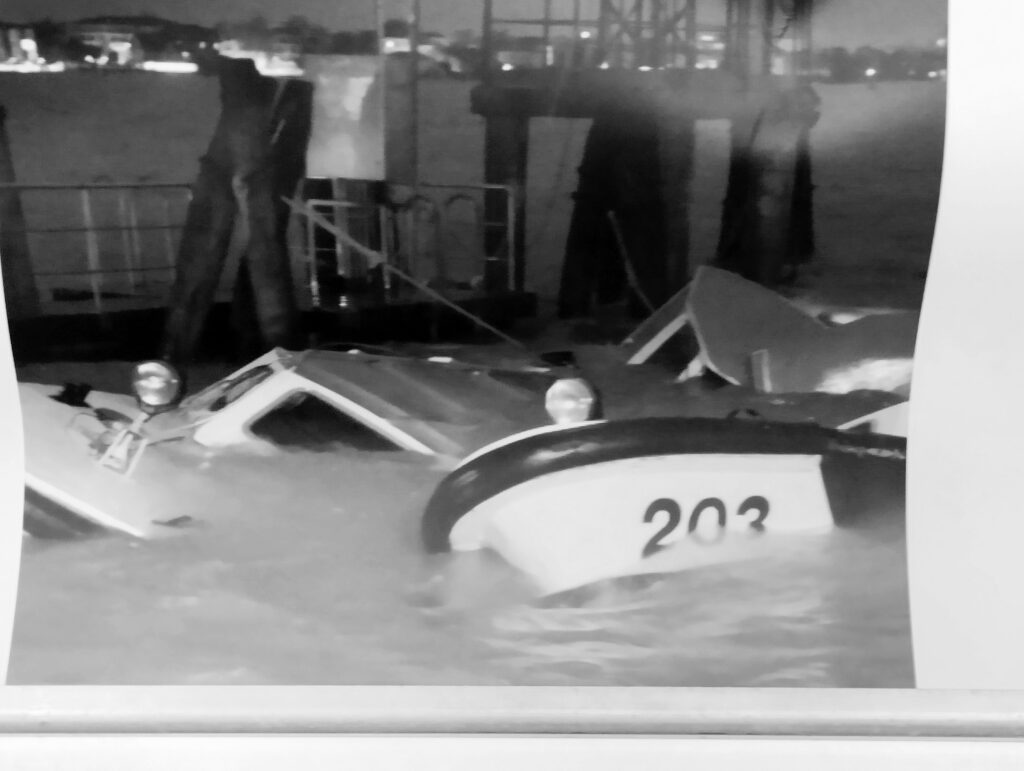Venice high tides
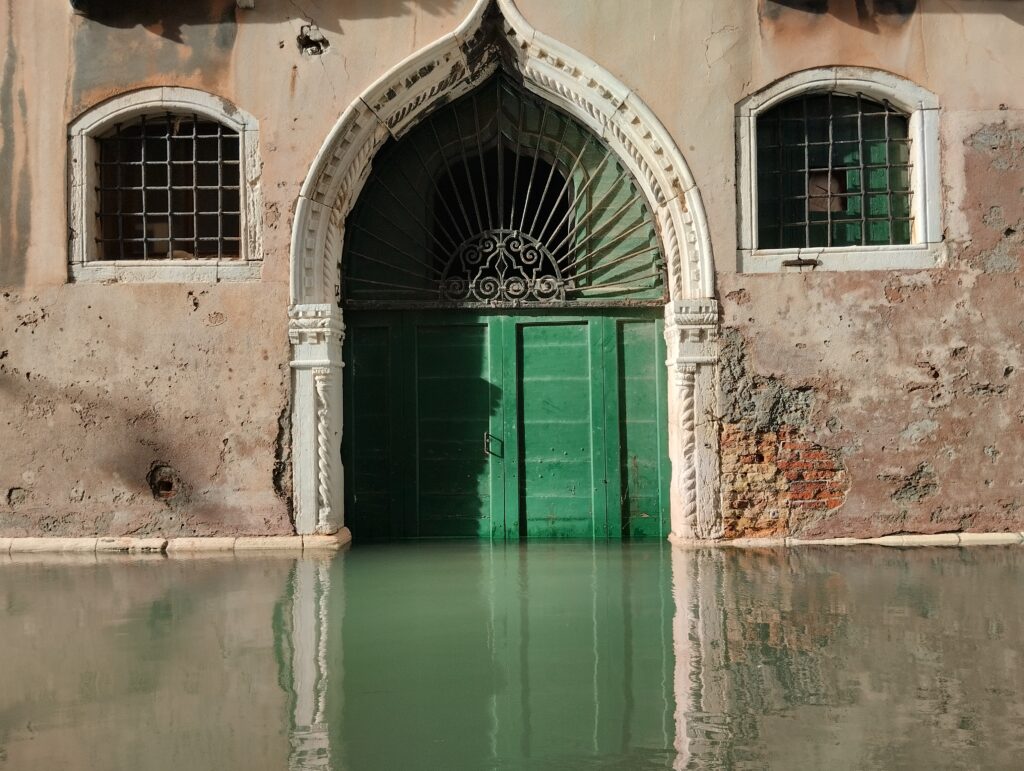
Over the past fifty years, Venice has faced a significant environmental challenge: high tides. Due to its unique location and delicate ecosystem, the city is particularly vulnerable to rising sea levels and periodic flooding. The regular tide of the lagoon is influenced by the moon’s phases.
The high tide phenomenon in Venice also known as “acqua alta,” occurs when a combination of factors such as astronomical tides, strong winds, and low atmospheric pressure coincide. This leads to an abnormal rise in water levels within the Venetian lagoon, causing flooding in various parts of the city.
Over the years, the frequency and intensity of high tides have increased due to climate change and subsidence – a gradual subsistence of Venice into the surrounding lagoon, togheter with the creation of the Canal of the Petrols, as suggested in the new book written by Ingegnier Di Tella and Vielmo.
These factors pose a significant threat to the city’s cultural heritage, infrastructure, and overall quality of life for its residents. Climate change and subsidence have indeed contributed to the increased frequency and intensity of high tides in Venice. The gradual natural subsidence of the city, combined with the creation of the Canals of the Canal of Petrols, has created a significant threat to the infrastructures of Venice and residents’ quality of life. The rising sea levels caused by climate change have resulted in more frequent flooding events known as acqua alta.
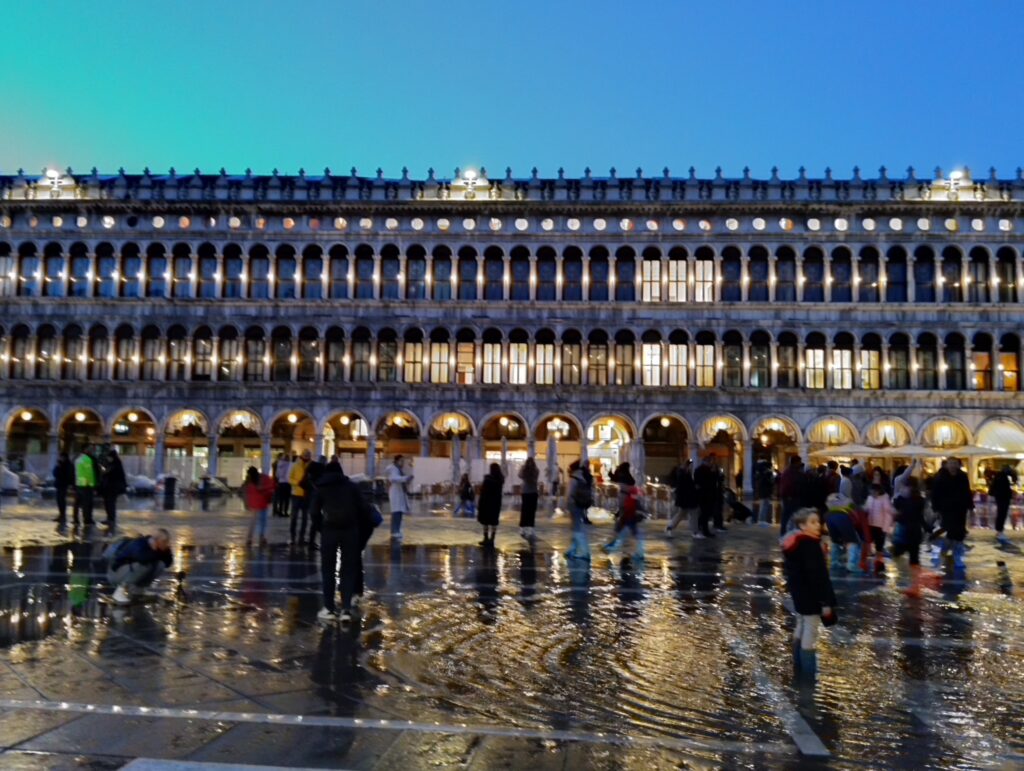
These high tides not only damage historical buildings and landmarks but also impact daily life for Venetians who rely on the city’s infrastructure. Additionally, subsidence refers to the gradual sinking of land, happened in the past, due to various factors such as extraction of groundwater or geological processes.
The combination of climate change-induced sea-level rise and subsidence poses a significant challenge for preserving Venice’s unique cultural heritage. It threatens iconic structures like St. Mark’s Square and puts strain on vital infrastructure such as palaces, churches, but also the shops and commercial activities.


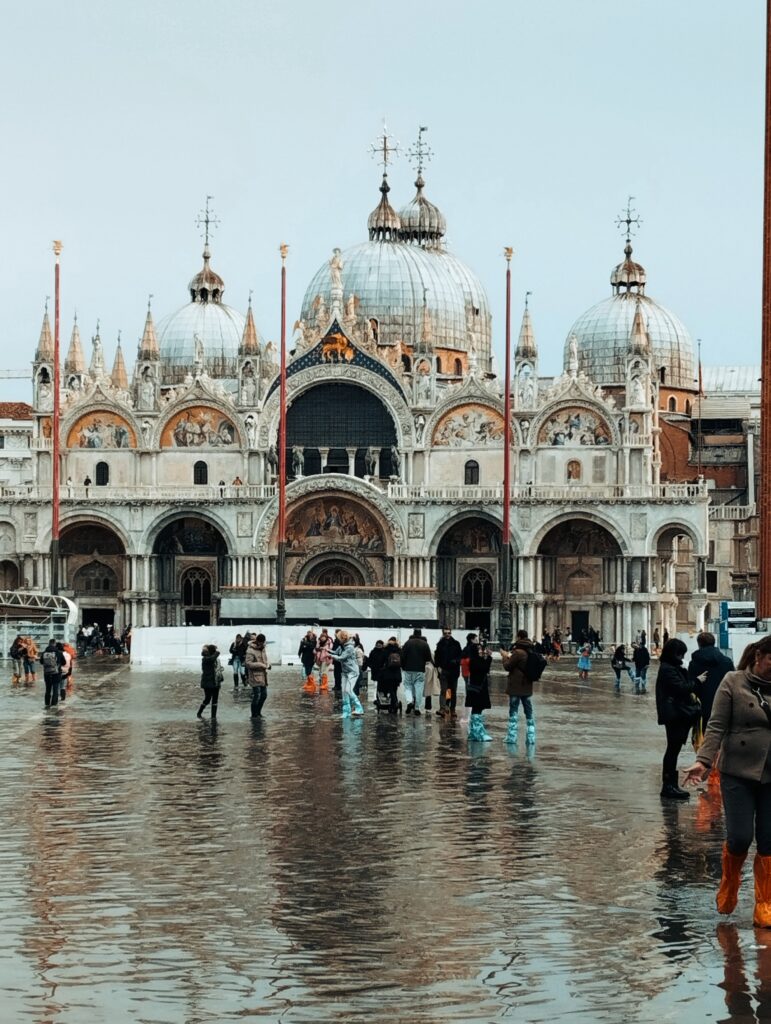
The M.O.S.E. (the barriers)
Efforts are being made to protect Venice from these challenges through various means such as constructing mobile barriers known as MOSE (Modulo Sperimentale Elettromeccanico). These barriers, even if they have a big impact with the natural environment, aim to prevent high tides from entering through three main lagoon inlets during extreme weather events.
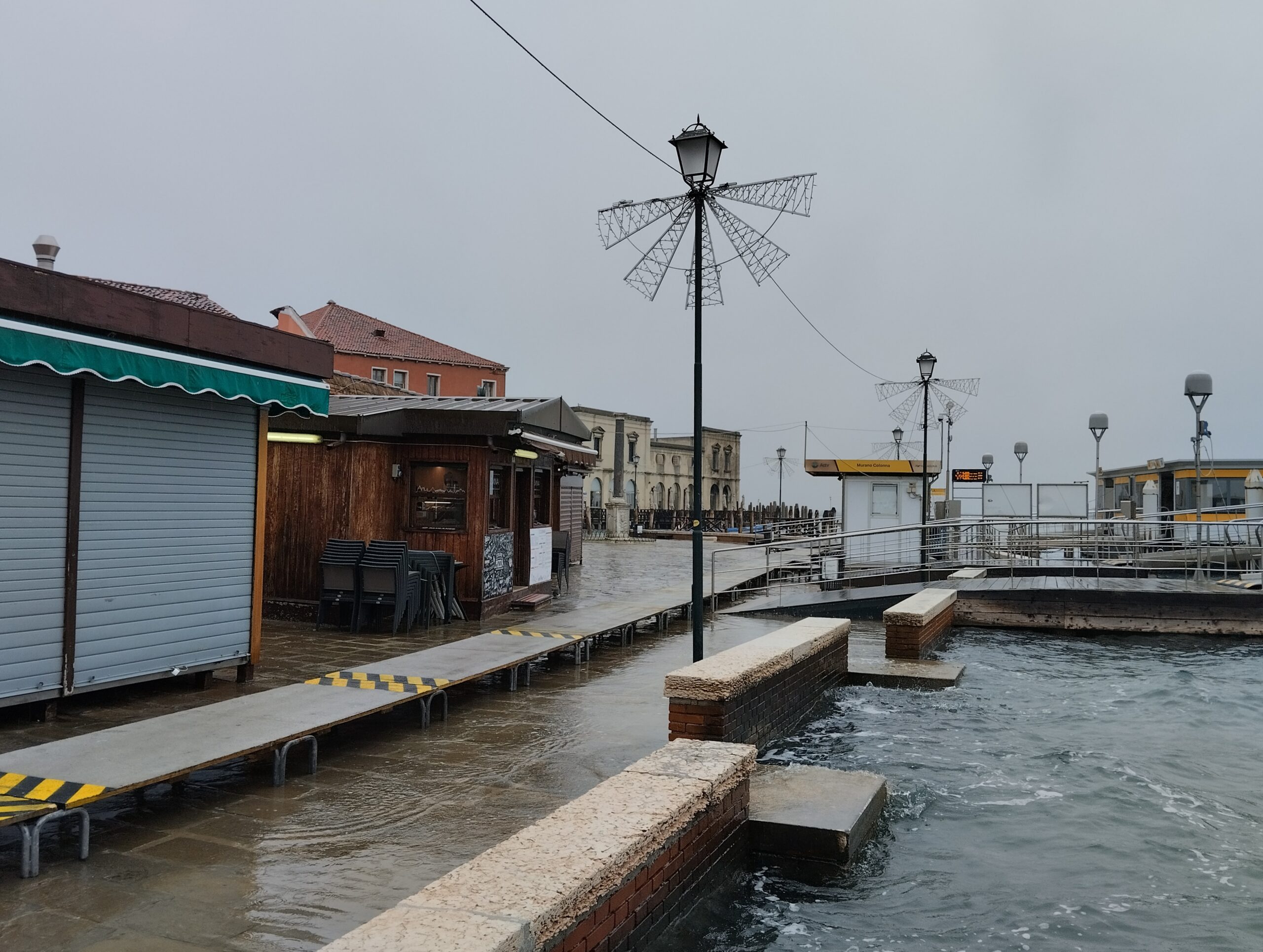
Safeguard of Venice
By implementing sustainable measures that prioritize environmental conservation and engineering solutions like MOSE barriers, we have to work towards safeguarding this unique city for future generations.
The MOSE can be activated during high tide events to prevent water from entering the lagoon. Additionally, efforts are being made to restore wetlands surrounding Venice as natural buffers against rising sea levels.
The problem of high tides in Venice is not only an environmental concern but also an economic one, in 2019, the second most disastrous High Water since 1966 damaged all ground-floor buildings in Venice. The Mose was activated for the first time just in 2020.
Addressing this issue requires long-term planning, sustainable infrastructure development, and international collaboration. It highlights the urgent need for global action on climate change mitigation strategies to protect vulnerable coastal areas like Venice from future environmental threats.
By implementing sustainable measures that prioritize environmental conservation and the protection of the Venetian lagoon, we have to work towards safeguarding this unique city for future generations.
We also must not forget that safeguarding the lagoon has always been among the priorities of the Venetian Republic because Venice depended on the lagoon, and without it, Venice would never have existed.
Fiorella Pagotto
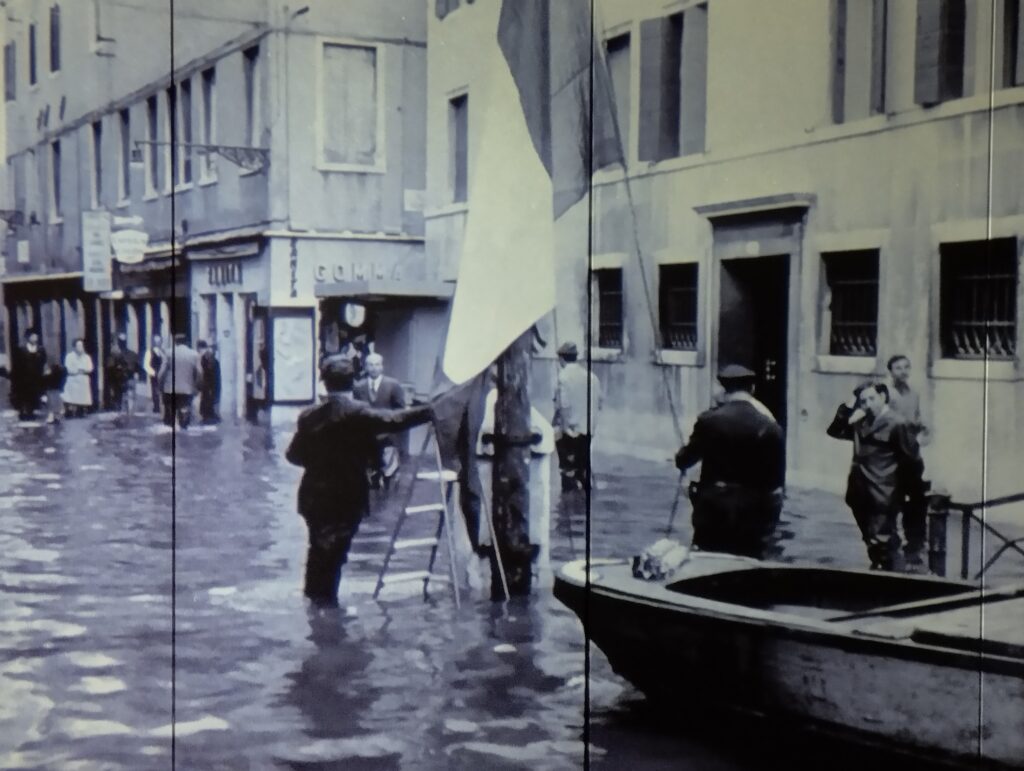
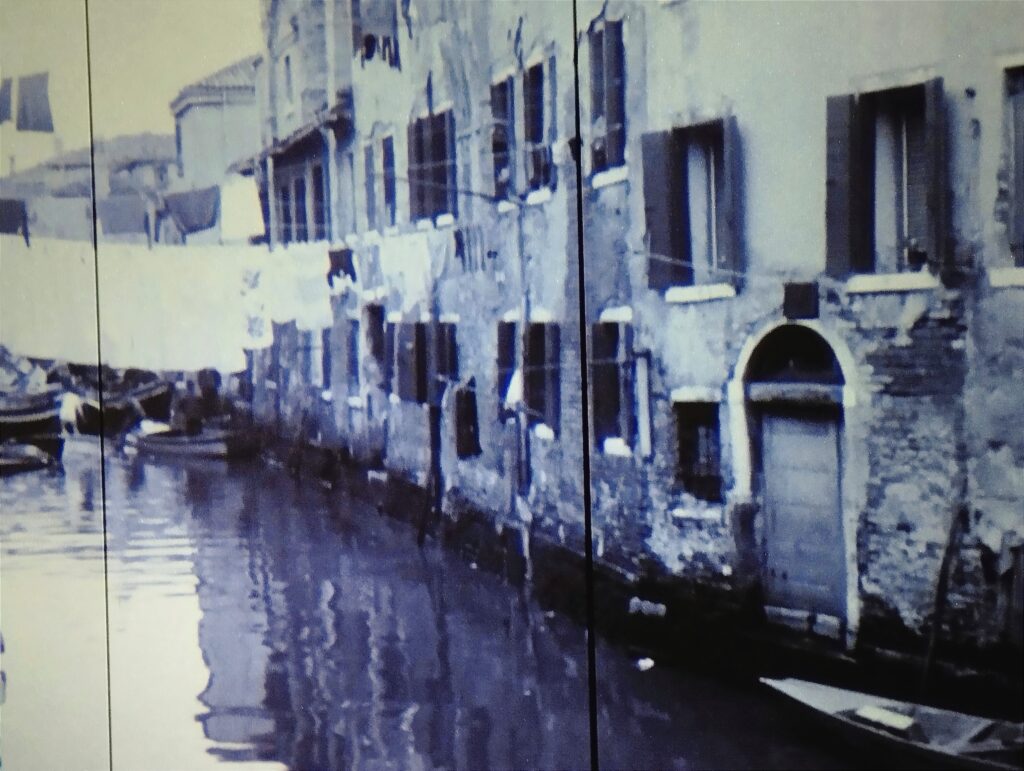
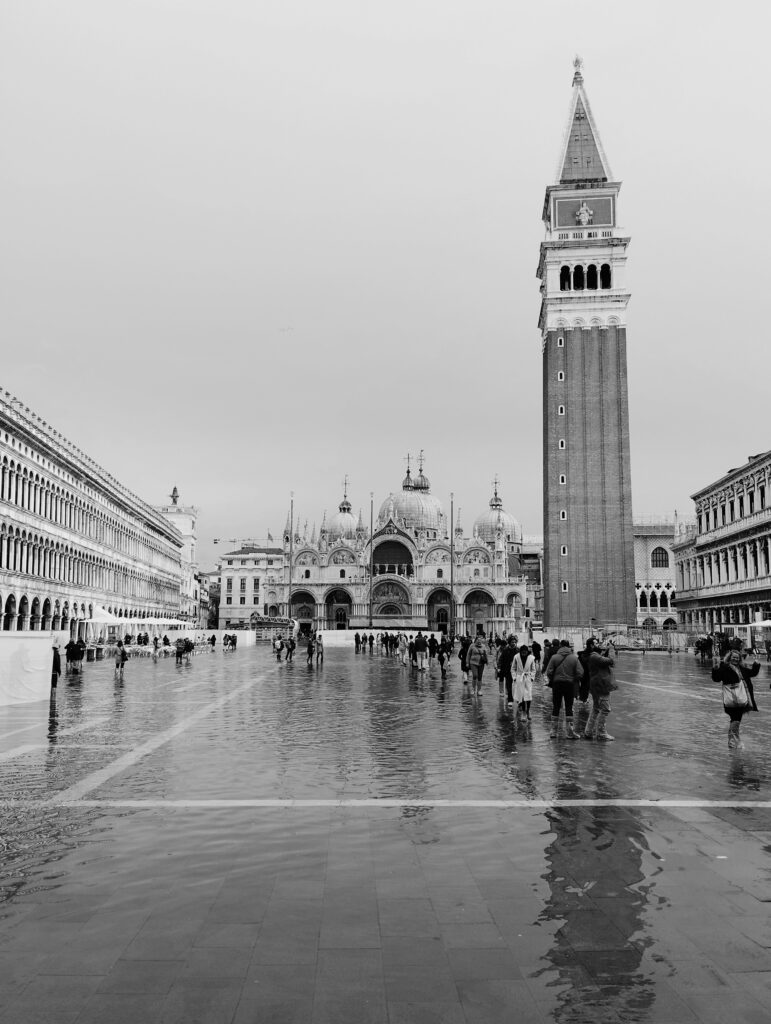
If you wish to delve deeper into the topics of Venice and its tides, you can find the link to website of (Istituto Veneto di Lettere, scienze ed Arti) https://www.istitutoveneto.it/flex/cm/pages/ , with the biography of Ingegner Luigi D’Alpaos, one of the foremost expert to the subject.
The last three pictures are taken from the exposition dedicated to Acqua Alta 2019 .
